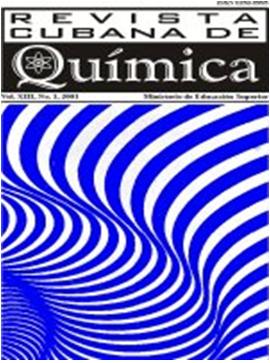Resonancia Paramagnética Electrónica (RPE) y caracterización de cuasicristal en la fase icosaédrica
Resumen
Se estudia la fase icosaédrica de un cuasicristal de Al63Cu25Fe12 producido por fusión en horno de inducción de plasma bajo atmósfera del argón para garantizar la homogeneidad. En las transformaciones de fase, las estructuras formadas por la aleación del cuasicristal con fase icosaédrica ordenada condujeron a una disminución de la conductividad eléctrica lo que conllevó a considerar la presencia de débiles interacciones electrónicas. Para la caracterización microestructural se utilizó Difracción de rayos X, Microscopia Electrónica de Barrido, Espectroscopia de energía dispersiva, Calorimetría diferencial de barrido y Espectroscopia de Resonancia Paramagnética Electrónica (RPE), donde el espectro RPE experimental obtenido arrojó una magnitud de g = 2,036. Los espectros de RPE permitieron visualizar detalladamente los sitios magnéticamente equivalentes de la transición paramagnética de la variación composicional de la aleación cuasicristalina y los efectos de la temperatura de transición sobre los espines magnéticos en la muestra ordenada.
Palabras clave: espectro RPE, cuasicristal, caracterización, icosaédrico, paramagnético.
Descargas
Publicado
Cómo citar
Número
Sección
Licencia
Esta revista proporciona un acceso abierto inmediato a su contenido, basado en el principio de que ofrecer al público un acceso libre a las investigaciones ayuda a un mayor intercambio global de conocimiento. Cada autor es responsable del contenido de cada uno de sus artículos.























